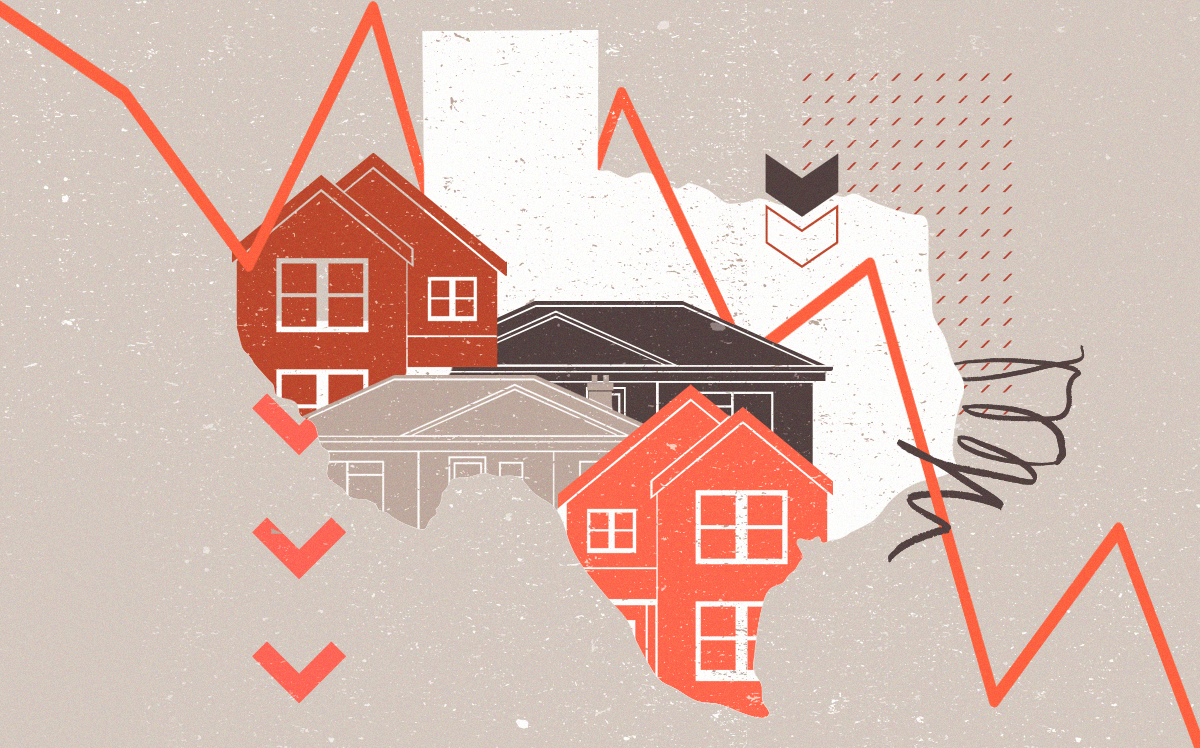The Wall Street Journal's recent findings shed light on a pressing issue that has been lurking beneath the surface of the financial landscape, often overlooked or downplayed: Banks are currently confronting a substantially greater risk exposure than what is widely acknowledged within the industry. This uncharted territory presents a perilous landscape where the very foundations of the financial sector could be in jeopardy.
At the heart of this crisis is a looming threat that resembles a downward spiral, with the potential to wreak havoc on the banking sector and, by extension, the broader economy. The perilous journey begins with mounting losses on loans, which, in turn, drive banks to adopt a more conservative lending stance. This caution leads to a cascading effect, further depressing property values and exacerbating banks' losses, setting in motion a vicious cycle that threatens to engulf the entire real estate and banking industries.
This grim scenario has been set into motion primarily by the distressing trend of bank loans extended to real estate developers spiraling into defaults, a consequence of the unforeseen and continually escalating costs associated with construction projects. The real estate market is now facing a reckoning, and its impact on financial institutions is far more profound than initially acknowledged.
One poignant indicator of the turmoil lies in the July figures, where the volume of commercial property sales plummeted by a staggering 74% when compared to the preceding year. Downtown office building sales, in particular, have plummeted to their lowest levels in at least two decades, creating an unsettling climate of uncertainty in the real estate sector. As the market anticipates a future where commercial transactions resume at significantly reduced prices, banks are bracing for the financial aftershocks that will inevitably follow.
To grapple with this unforeseen turmoil and retain their depositors' confidence, banks are forced to navigate treacherous waters. They must devise strategies that offer higher-yield investment alternatives to compete in an environment where inexpensive deposits are no longer readily available. With dwindling resources for lending and a looming specter of losses, these financial institutions are treading on shaky ground.
The impending doom-loop scenario is already manifesting in major cities, where office vacancies have surged to unprecedented levels. Real estate investors, unable to refinance their debt or only able to do so at exorbitant interest rates, are finding themselves on the precipice of loan defaults. This ripple effect is also affecting lenders, such as private debt funds, mortgage REITs, and bond investors, who traditionally rely on banks for financing. The result is a burgeoning credit crunch within the market segment, leading to a severe contraction in commercial lending activity.
Potential remedies to this crisis may involve a lowering of interest rates or an infusion of capital from investors willing to purchase distressed properties. While these measures may offer some respite to banks and beleaguered real estate developers, the stark reality is that many properties are poised to sell at prices substantially below their recent valuations.
A daunting challenge looms on the horizon, with roughly $900 billion worth of real estate loans and securities requiring repayment or refinancing by the end of 2024. This vast sum, most of which carries interest rates significantly lower than present-day rates, presents a potential minefield of financial instability. The response from many real estate lenders has been a strategic withdrawal from the market, as they await more favorable conditions, further contributing to the industry's uncertainty.
Federal regulators have temporarily allowed banks to collaborate with struggling borrowers, allowing them to retain mortgages on their books at their face value in numerous cases. This leniency has, thus far, translated into a limited number of loan workouts and distressed properties available on the market. However, this uneasy equilibrium could be disrupted if borrowers find themselves unable to service their debts due to interest rates doubling, forcing banks to acknowledge these loans as bad debt. This, in turn, may lead to a surge in demand for commercial appraisal services, underscoring the intricate and interconnected nature of this unfolding financial crisis.
